Processing potatoes from late blight: the best methods and means
Potato late blight is one of the most serious diseases with sad consequences, the yield loss quite often amounts to 70%. Even with seemingly minor lesions to the tops, tubers can be much more affected. So that the work of the gardener is not wasted, it is very important to process potatoes from late blight before planting.
Signs of late blight of potatoes
The first manifestations of the disease are observed at the time of flowering: the lower leaves and the adjacent parts of the stems are covered with brown spots, which quickly grow, rise up. If you dig up the tubers during this period, dark gray spots-depressions will be clearly visible on them, in the section representing tentacle-like wedges of a brown-rusty color, creeping to the center of the tuber or along its surface. Often, the first signs appear on the top of the potato - on young leaves, buds - and the lower parts look healthy.
The process of healing and saving the potato crop takes a lot of time, requires the weekly use of various means, ranging from homemade and ending with “heavy” chemical ones.
It is preferable to carry out prophylactic treatment of planting material in advance, before planting, to protect potato beds from infection. Moreover, the surface of tubers harvested in the fall is one of the places where the phytophthora mycelium is waiting for spring to be in the ground and begin its destructive work.
Preplant potato processing
Of no small importance is the rejection of tubers even with minor signs of late blight: from one infected potato the mycelium spreads to a distance of 80 m, which will inevitably affect the health of not only neighboring potato bushes, but also plants planted nearby. And one bush sick with late blight can threaten an area of up to several hectares!
Treatment of tubers before planting includes two main stages - germination and the actual use of various means on the tuber that ensure the death of parasites.
The traditional sprouting of potatoes before planting in many regions accelerates the harvest, at the same time shortens its residence time in the soil that is excessively damp from the autumn rains. This reduces the risk of pathogenic microflora colonizing the surface of tubers.
At the second stage, the tubers are processed immediately before planting in the beds.
There are three types of potato disinfection.
- Wet when tubers are completely immersed in a disinfectant solution.
- Dry, in which the planting material is powdered with an etching agent.
- Semi-dry - a substance that promotes adhesion is added to dry products.
Wet treatment is more common among summer residents as it is more effective, which does not require the use of a large amount of powder dressing agents, which are often toxic to humans.
Chemicals
An effective drug that can completely destroy phytophthora has not yet been created. All the means available in the arsenal of the summer resident can only reduce the number of pathogens, restrain their development.
- Copper sulfate - a proven protector of the garden. 1 tbsp. l. the substances are dissolved in 6 liters of water. The tubers are dipped in a solution for 2-3 minutes, allowed to dry, then planted.
- Potassium permanganate (potassium permanganate) suitable for processing potatoes with or without sprouts. The solution is prepared from 10 g of the substance and 10 l of water. The tubers are soaked for 30 minutes.
- A solution of copper sulfate, potassium permanganate, boric acid. The standard proportion is 5 g of vitriol and manganese, 15 g of boric acid per 10 liters of water. Substances are diluted separately in a small amount of water, then poured into a common container, the volume is brought up to 10 liters with water.
- TMTD VSK. To spray 10 kg of seed potatoes, 200 ml of a working solution prepared by mixing the product with water in equal amounts will be required.
Biological agents
Biologics are gaining more and more popularity as low-toxic substances that simultaneously act in several directions.
- "Fitosporin-M", available to almost every gardener. The spray solution is prepared from 10 g of powder and 0.5 l of water. For pre-planting treatment, it is better to use a paste in the form of a paste, since it contains humic acids. A concentrated solution of the paste is prepared in a ratio of 100 g of the product and 200 ml of water. For processing (spraying) potato tubers 3 tbsp. l. the concentrate is diluted in a glass of water.
- Biological product "Maxim", very popular with summer residents. Dilute 4 ml of the drug in 100 ml of water, spray the tubers. The specified amount is enough to process 10 kg of planting material. A similar treatment is recommended for seed potatoes selected in the fall.
- "Prestige" - a biological product that is both an insecticide and a fungicide. To treat tubers, prepare a solution of 10 ml of the product and 10 liters of water. Consumption - 100 ml per 10 kg of planting material. Tubers are treated by spraying 2-3 hours before planting. The preparation completely decomposes within 2 months, therefore it is recommended for processing medium-late or late potato varieties. Similarly, a prototype of the agent is used - a biological "Prestige".
Note! Means "Prestizhitator" ("Prestige") is ineffective against late blight pathogens that have already seeded tubers intended for planting. The drug is more suitable for increasing the immunity of potatoes to late blight; it is advisable to use it if you are sure that the seed is not contaminated.
- "Immunocytophyte" - biostimulant of growth, strengthening the immunity of potatoes to late blight (and not only). 1 tablet is dissolved in 1 tbsp. l. water, then the concentrated solution is added to 150 ml of water. The resulting working solution is sprayed with seed material 2-3 days before planting.
- "Agat-25K" - biofungicide. Soaking treatment is carried out with a solution of 1 g of the drug and 4 liters of water.
Folk remedies
A good result is obtained by processing potatoes with a strong garlic infusion. Take 1 kg of crushed garlic on a bucket (10 l) of water, insist for 1-2 hours, spray the tubers with infusion. The infusion disinfects the planting material, feeds it with sugars and vitamins contained in garlic.
Ash infusion for similar purposes is made stronger than usual - a kilogram of dry raw materials is taken for 10 liters of water. Bath tubers for about 4-5 minutes. In dry ash, they are rolled immediately after soaking in any of the above solutions.
General rules of prevention
None of the above means 100% guarantee that the disease will not cover potato beds. The fight against late blight is carried out only in a complex manner.
- Even high-quality seed is necessarily pickled with agents that increase the immunity of potatoes to disease.
- In areas with an unfavorable climate for planting, varieties resistant to late blight are chosen from among the zoned ones.
- Crop rotation is strictly observed.
- Preparation of the soil for planting, application of dressings is carried out systematically
- The recommended distances between bushes and rows are strictly observed.
- The optimal orientation of the rows is from north to south, so that the bushes are evenly illuminated by the sun.
- Weeding, soil loosening, hilling, removal of plant residues from the beds are carried out in a timely manner.
- Even in the absence of signs of phytophthora, preventive spraying with biological products is carried out on the tops.
Translated from the Greek "phytophthora" means "plant destroyer".In order to save the harvest, to prevent an outbreak of a real late blight epidemic in your area and in your neighbors, you should not be lazy, you need to timely and efficiently carry out preventive treatment of planting material.
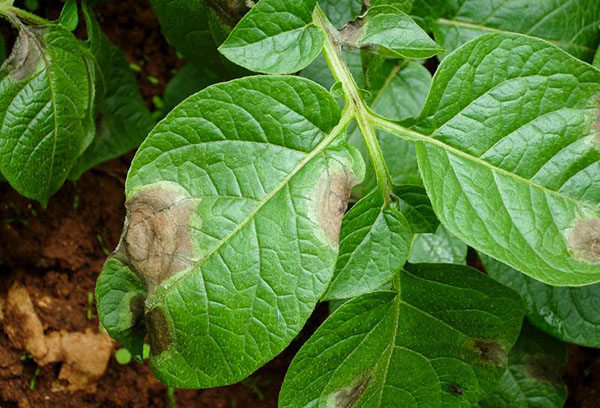
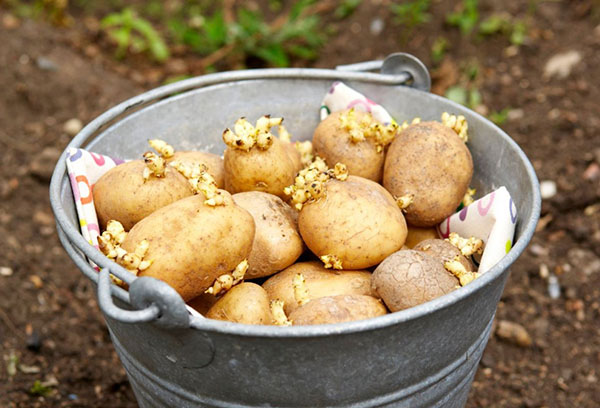
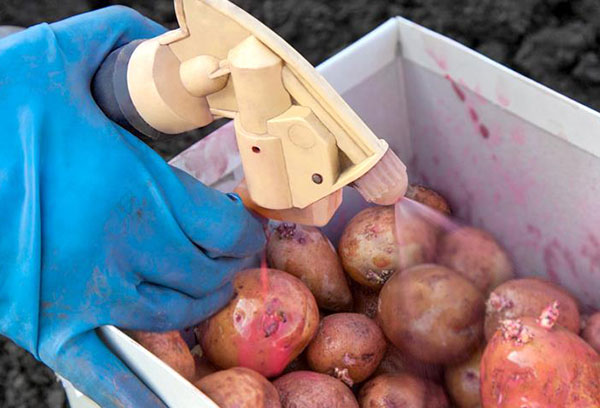
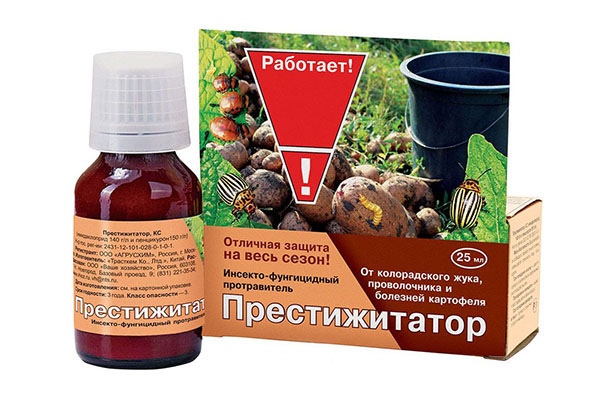
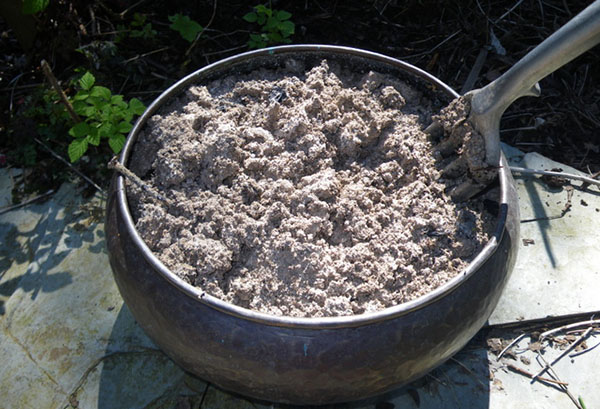
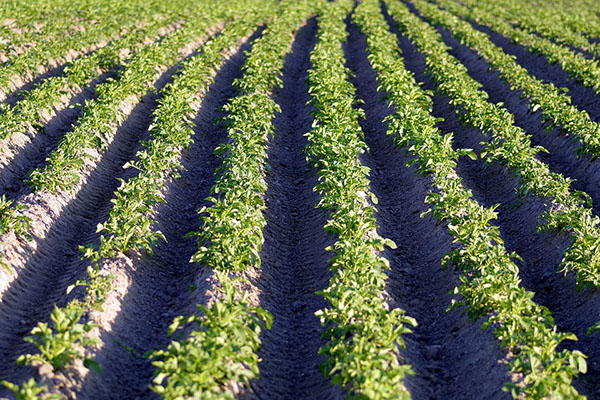
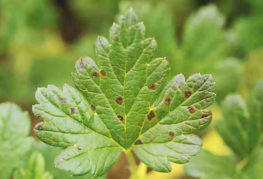
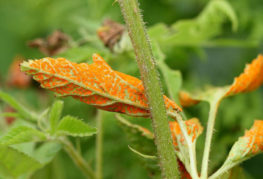
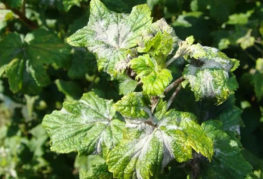
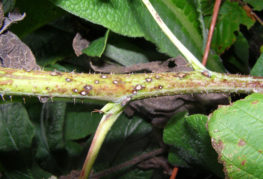
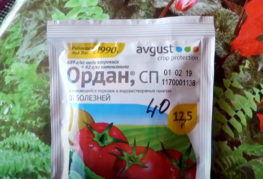
and will be published shortly.